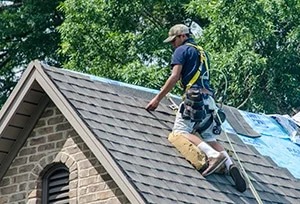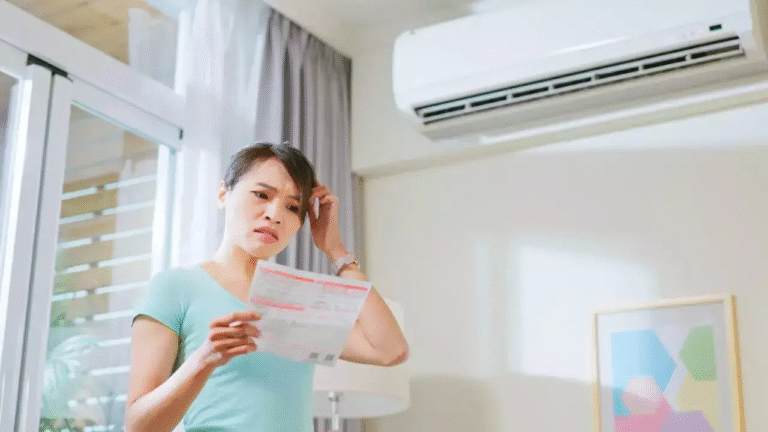Concrete Maintenance: Tips to Make It Last
Concrete is a core part of nearly every construction project. It’s used for everything from foundations to walls, and it’s never a good idea to “cut corners” with anything that requires concrete.
However, no matter how well-designed your plans and how high-quality your materials are, they won’t last to their maximum longevity if you don’t take care of them. Concrete is no different.
Just how do you make concrete last through all the years of changing weather and temperature, heavy-duty use, and shifting soil? These tips will teach you everything you need to know about concrete maintenance to help you get the most out of your structure.
Tip 1: Clean and Seal for Protection
Concrete is porous, but not completely waterproof. Depending on what the concrete was used for, your construction team may have sealed the finished design as added protection. This step is common in structures like patios, walkways, and driveways.
Sealers can enhance the sheen and color of your concrete, helping to prevent stains by blocking dirt, grease, oil, and other wear and tear from penetrating the surface. Yet, even with a sealer, you’ll need to provide regular maintenance. The type and frequency of upkeep depend on the sealer used, so it’s important to find, keep, and follow the product’s instructions.
No matter whether your concrete is sealed or not, be sure to clean it regularly using a broom, leaf blower, or similar tool. This reduces staining and scratches. Once a year (or more frequently if the concrete experiences heavy traffic or harsh weather), use a pressure washer with a mild cleanser to clean the area. A hose works well throughout the rest of the year, and you won’t need any cleaning agents.
Tip 2: Stay Ahead of Cracks and Joint Damage
The best time to fix a crack or joint damage in your concrete is before it happens. No, you don’t have to be able to predict the future, but you should inspect your concrete structures at least twice a year, preferably in the spring and fall.
Spring inspections provide an opportunity to identify any winter damage and address it before it becomes a major issue. Fall inspections let you get ahead of any problems summer heat and rain may have caused before the cold, wet weather kicks in.
Hairline cracks can be filled with flexible concrete caulk. However, larger cracks may need patching compounds or hydraulic cement. Joints also need to be sealed to block water intrusion and counteract shifting from erosion in the ground.
Early detection can keep cracks and joint damage manageable, while waiting too long turns into an expensive and complicated project. For more information on how to find and fix cracked concrete, read this article by FMP Construction.
Tip 3: Defend Against Drainage, De-Icing, and Heavy Loads
Even material as strong as concrete is susceptible to damage from long-term or excessive exposure to moisture. Preventing this problem means ensuring your drainage is properly flowing. Water should flow away from slabs. If yours is not, you may need to extend your downspouts or regrade the surrounding soil.
Got snow? Don’t let it melt around concrete. Try to remove it as quickly as possible using a snow blower or a shovel (but avoid metal blades and using equipment like plows to prevent shifting or cracking the concrete). Salt may be your go-to solution for de-icing your steps and driveway, but it actually accelerates damage when you go from a freeze to a thaw quickly. Sand or concrete-safe de-icers are a better choice.
Heavy loads can also damage concrete, especially when it’s older or not properly reinforced to handle the weight it’s trying to hold. For instance, your concrete patio is likely designed to accommodate a small gathering and barbecue with a grill comfortably, but it’s probably not set up to support the weight of a large, full swimming pool.
Tip 4: Know When to Call for Help
Maintenance and upkeep are one thing; knowing when the problem is beyond your DIY skills is another. Many DIYers make similar mistakes:
- Not letting the concrete cure fully (36+ hours for basic pedestrian traffic, at least 7 days for vehicle use).
- Using the wrong sealers for the structure.
- Patching or filling the cracks incorrectly.
- Not prepping the concrete site carefully.
If any of these errors make you go, “Oops,” it may be time to call in the experts. Regular inspections from professionals can help identify any potential issues early, including those that may be hidden below the surface. They’ll fix cracks, reseal your joints, properly grade the area, and seal the structure to ensure a secure foundation.
As with plumbing, sometimes, calling the pros saves you time, stress, and money.
Conclusion
Concrete and construction go together like a hammer and a nail. Although this material is durable and long-lasting, it requires proper care to maintain its longevity. These tips can help you set and keep your concrete structure with minimal issues over its long lifespan.
also read, Flawless Looks Start Here: How to Choose the Best Makeup Artist for You







